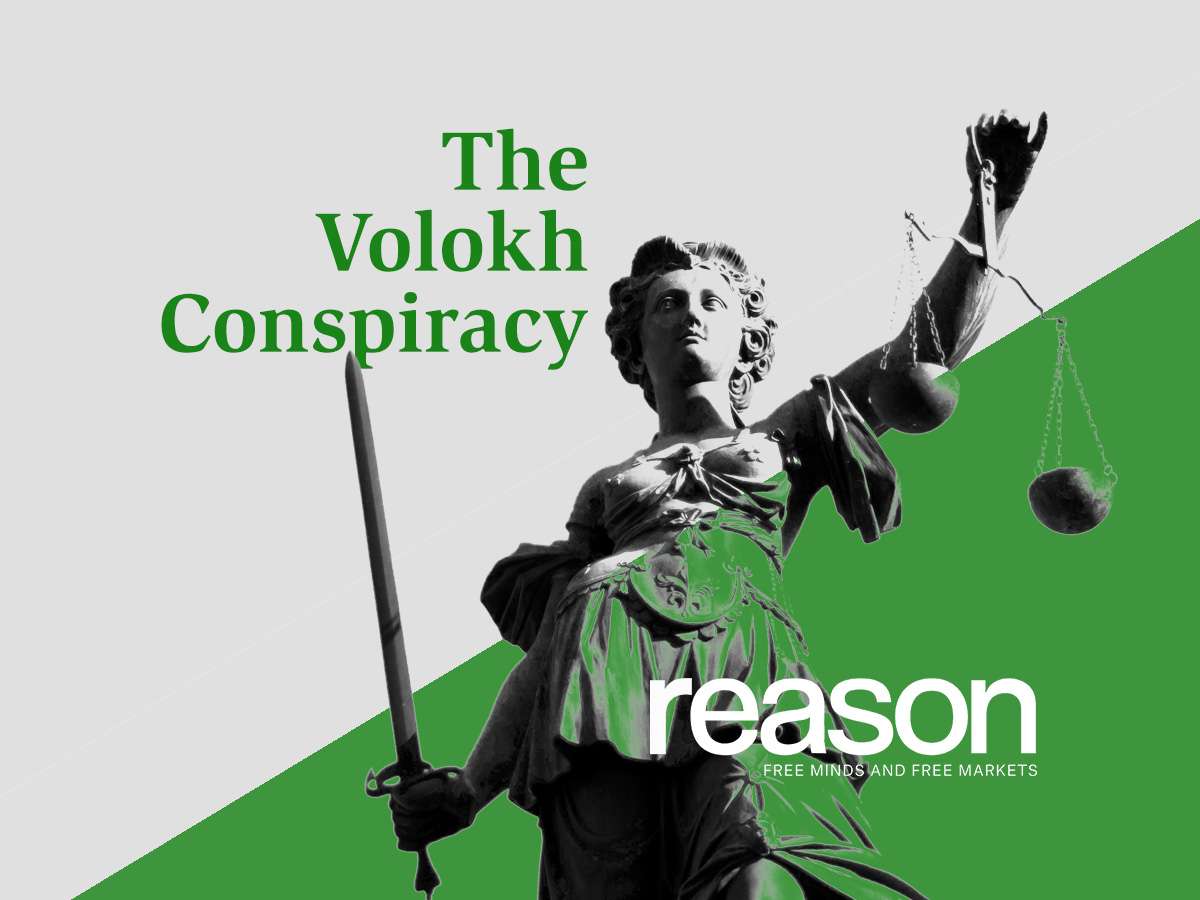Deciphering the Nexus of Armed Battle and State Dynamics: An In-depth Overview of “Ordering Violence: Explaining Armed Group-State Relations from Battle to Cooperation”
by Paul Steinland
Cornell College Press, 2021
On the forefront of up to date discussions on armed battle, Paul Staniland emerges as a distinguished thought chief. His seminal work, Ordering Violence, isn’t just a e-book however an intellectually wealthy expedition that continues the dialogue from his influential 2012 piece, “States, Insurgents, and Wartime Political Order”. Ordering Violence dismantles the prevalent oversimplified discourse in political science concerning civil wars, proposing a nuanced exploration of the complicated interaction between states and armed factions. Staniland’s evaluation transcends the traditional binary of incumbents versus insurgents, introducing a extra elaborated understanding by way of his categorization into 4 distinct “armed orders”: complete battle, containment, restricted cooperation, and alliances. He delves into the ideological underpinnings that drive governmental responses to armed teams, a perspective that enriches our comprehension considerably.
In a refreshing stance, Staniland champions the earnest consideration of ideological views, difficult the reductive worldview that reduces modern warfare to mere greed and survival. His examination extends past ideological alignments, delving into the dynamics of evolving state and armed group relationships over time and highlighting situations like “militarized elections” that spur unlikely tactical collaborations.
The core of the e-book unveils by way of a meticulous exploration of the South Asian Armed Orders Sourcebook, adopted by insightful case research encompassing India, Pakistan, Myanmar, and Sri Lanka. These sections are a testomony to Staniland’s deep engagement with historic contexts, illuminating the multifaceted political landscapes and conflicts that knowledge alone might by no means totally seize. His conclusion displays on the theoretical and sensible implications of his findings, notably advocating for various types of ceasefire and cooperation as viable means to mitigate battle and safeguard civilian lives, amidst the elusive quest for complete peace agreements.
When contemplating Staniland’s frameworks past the context of South Asia, for instance in West Africa, the adaptability and relevance of his typology grow to be obvious. Nonetheless, as Staniland himself acknowledges, the categorization, whereas enlightening, isn’t with out its complexities and limitations, primarily because of the elusive and sometimes quickly altering nature of armed battle dynamics.
This results in a broader critique of the e-book, notably from a humanities perspective, concerning the depth of supply materials and engagement with firsthand narratives. Whereas Staniland’s case research are wealthy with element, there is a famous paucity of direct accounts from battle members, which might doubtlessly provide even deeper insights into the ideological convictions and motivations driving armed battle and cooperation.
In abstract, Ordering Violence stands as a landmark achievement inside the evolving discourse on civil wars and armed battle in political science. Staniland’s work profoundly shifts our understanding of the intricate relationships between states and armed teams, emphasizing the multifaceted nature of warfare past mere fight. This e-book is a vital contribution to the sphere, promising to form future discussions and analysis on armed battle dynamics.














